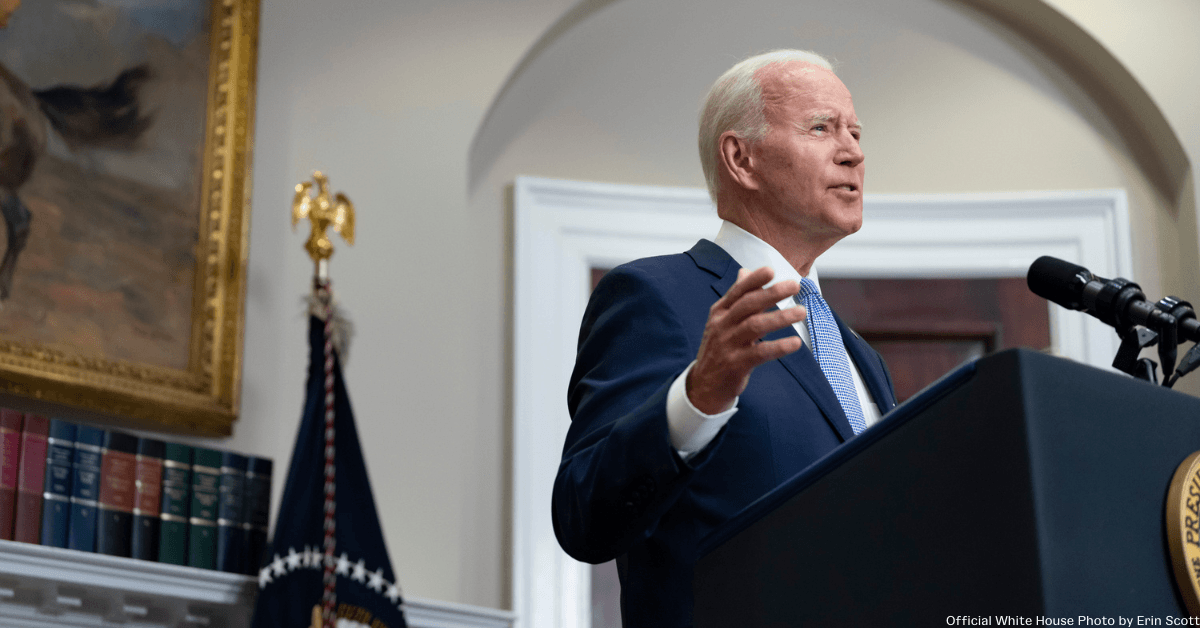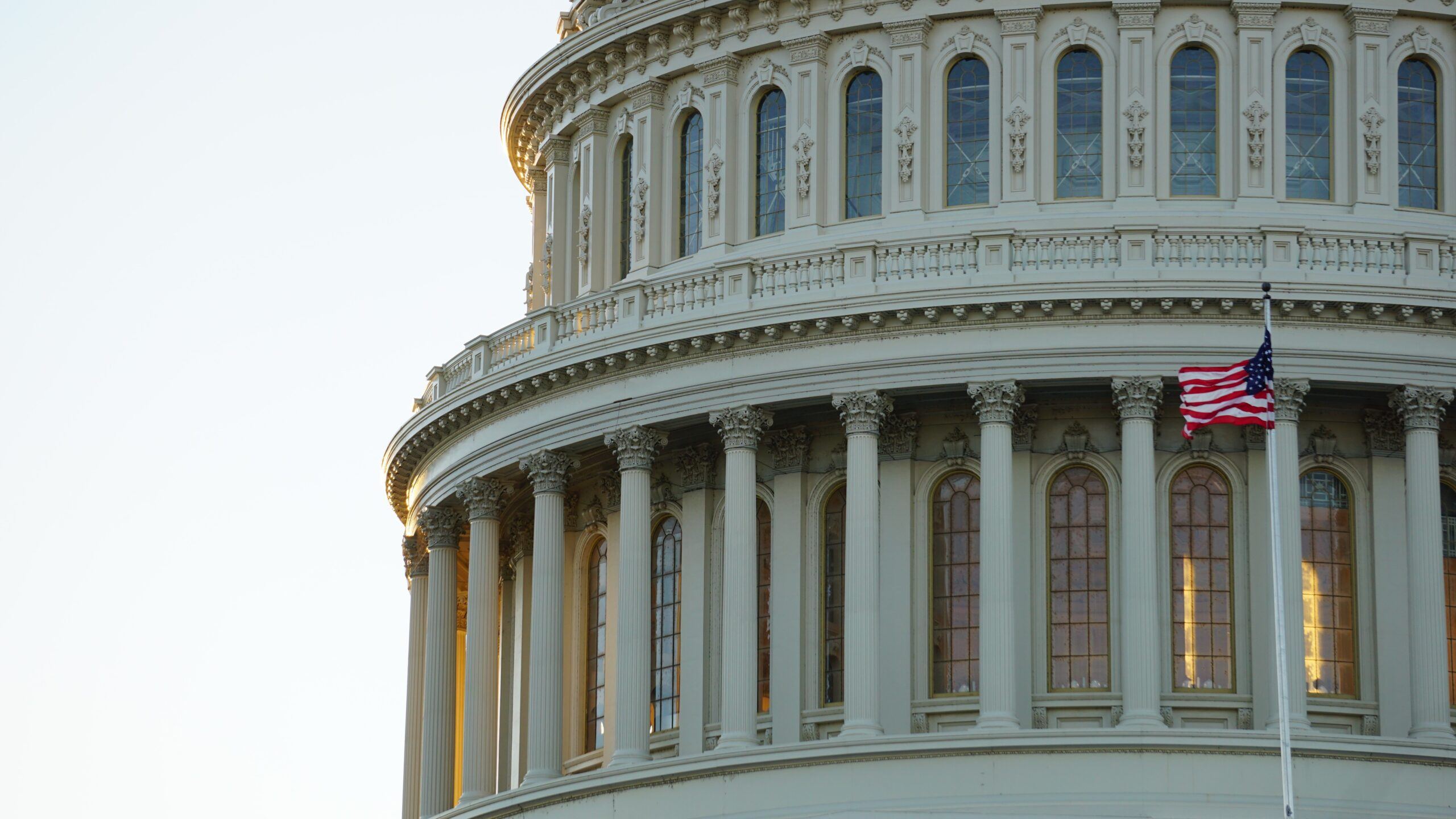KEY INSIGHTS
- A report detailing government-led initiatives to strengthen the U.S.’ technology edge on global competitors doesn’t include a plan for increased diversity.
- People of color are 40 percent of the U.S. population but hold only 11 percent of Senate positions.
- Future policy leaders in think tanks and grassroots organizations could be a pipeline for more diverse policymakers.
A new report on the United States’ National Technology Strategy project by The Center for a New American Security (CNAS) report outlined how the U.S. can create technology policy by enhancing innovation, increasing competition and revolutionizing American technological ambitiousness. Lacking from the report, however, is a plan detailing the importance of diversity that is currently missing from the policymaking process.
Currently, 40 percent of the U.S. population identify as people of color, but only 11 percent of U.S. senators identify as people of color. These communities are set to become the majority by 2040, but the lack of minority inclusion could hurt efforts for the country to maintain a competitive technological and innovation strategy.
Diversity can make better policy-making in U.S. foreign affairs and security. A study shows that continuous programs that foster Diversity Equity and Inclusion (DEI) can provide more opportunities for more minorities to engage in foreign policy. Outreach to schools and colleges has been cited as another way to bring minority voices through think tank internships and fellowships.
The CNAS report commissioned is in the interest of U.S. technological development, yet there is little information on the diverse leaders’ contribution to creating tech policy.
Though House and Senate have a disproportionately low number of senators from diverse backgrounds, the problem also persists among early-career policymakers. Another report identified how companies can improve the diversity of their workforce by enforcing more policies into collecting and distributing information on race. A key opportunity for people of color exists in communication with tech policy groups to learn job opportunities.
While the CNAS report did not address diversity, it offered up long-term practices for U.S. policymakers to implement to operate a national technology strategy by blueprinting how the U.S. would plan, follow through and update its tech policies.
The current administration has taken some measures to increase diversity among policymakers. In June 2021, President Biden signed an executive order to advance Diversity, Equity inclusion and accessibility (DEIA) in the Federal workforce. The order creates employment opportunities for minorities in the federal department.
Congress has become the model for increased diversity among policymakers with a notably more diverse membership this year comprised of 124 Black lawmakers and other minorities, totaling 23 percent of all members of Congress. The varied perspectives in the federal office can create fair policy legislation to accurately represent Americans.








